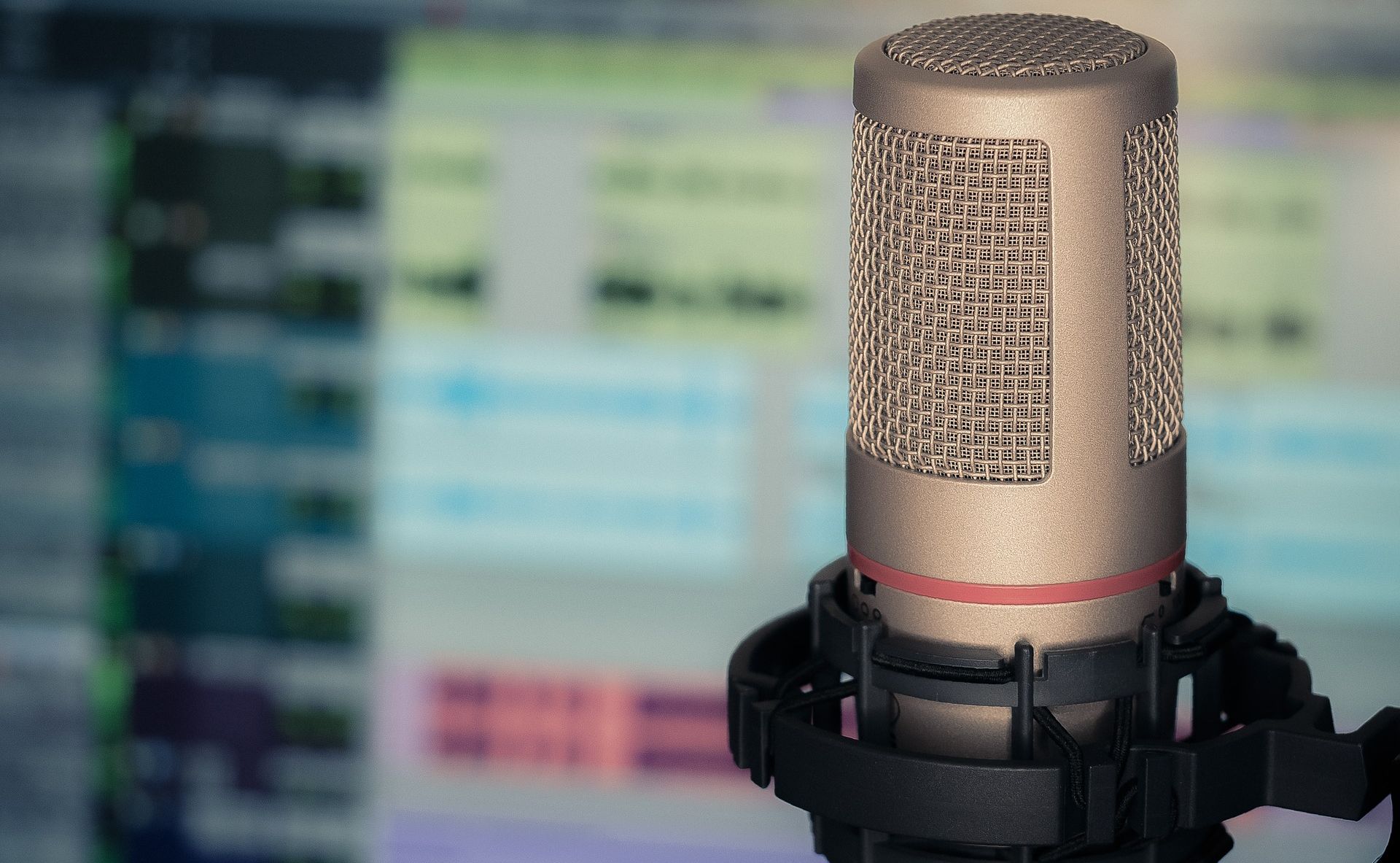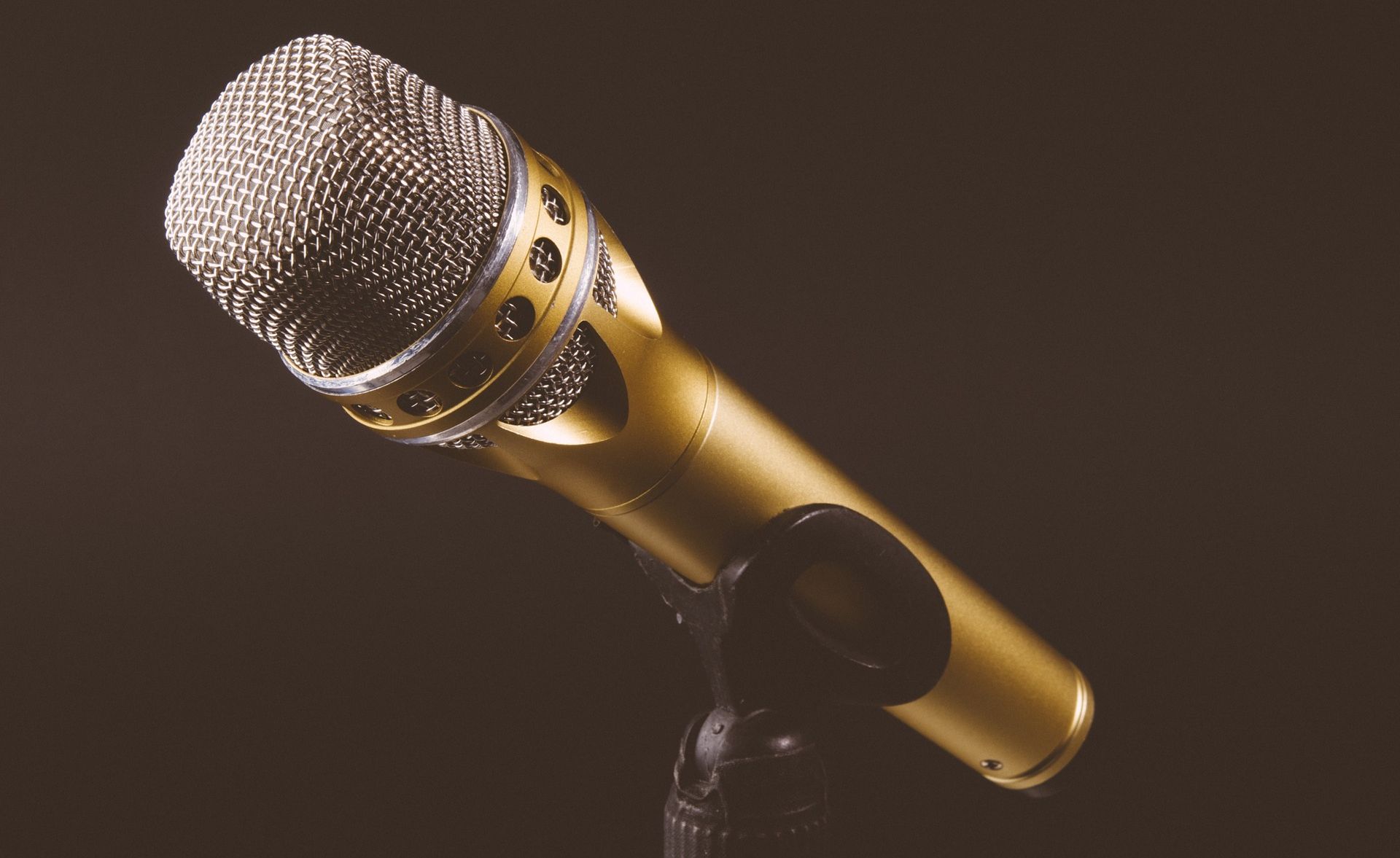From news to YouTubing to music production, we use microphones for a great many purposes. These devices have captured our voices for over a century, being a crucial part of several industries today.
We owe a lot to the technology that powers microphones, but most people don't know anything about it. Here are different types of microphones and how they work.
The First Microphones
The history of microphones stretches back to the late 1870s. Scottish-American inventor, Alexander Graham Bell, invented a sound transmitter for his telephone in 1876. That same year, he invented the liquid transmitter (or water microphone). This device was showcased during the Philadelphia Centennial Exposition, and it inspired German-American inventor Emile Berliner.
A year later, Berliner teamed up with Thomas Edison to create the first true microphone. It was called the "carbon microphone," and it used tiny granules of carbon to transfer pressure waves between two metal plates. At the same time, a British inventor named David Edward Hughes invented his own version of the same technology. These devices set the stage for other types of microphones to be developed.
Different Types of Microphones and How They Work
There are about a million-and-one different types of microphones out in the wild today, but they follow similar basic principles for capturing sound. Some of the most popular types of microphones are dynamic microphones, ribbon microphones, and compression microphones. These, along with carbon microphones, will be explained in this article.
Carbon Microphones
Carbon microphones hold a special place in history as the first true-to-form microphones. They were heavily utilized during the 20th century, but they're now mostly confined to a certain niche. They're still used in some military applications today because of their resilience.
Carbon microphones are hockey puck-shaped and are usually suspended by metal coils. There's a metal housing with holes cut out that protects the internals while letting sound through. A layer of carbon granules is sandwiched between two metal plates. An electrical current is sent through the granules, with the metal plates acting as an electrode.
Carbon is used because it's a resistor, which means it can conduct electricity, but not very well. The first plate, the diaphragm, is extremely thin and moves back and forth with the sound waves. When the diaphragm moves inward, it compresses the carbon granules, letting more of the current through.
When the diaphragm moves outward, it decompresses the carbon granules, letting less of the current go through. This variation of current corresponds to the pitch and volume of the sound that passes through the microphone.
Condenser Microphones
A lot of the best shotgun microphones use condenser technology. Condenser microphones are very similar to carbon microphones; they also use two charged plates that are separated by a short distance. Instead of carbon granules, however, there's just air between the plates. When the first plate (the diaphragm) moves, it changes the distance between the plates. This motion creates variations in the charge's characteristics. These variations in charge are then picked up by the recording device.
Dynamic Microphones
Dynamic microphones are preferred for podcasting. They're very different from carbon and condenser microphones. Instead of a metal diaphragm, dynamic microphones typically have a mylar diaphragm. It's connected to a small copper coil that wraps around a cylindrical magnet. Dynamic microphones operate just like headphone speakers, only in reverse.
When sound waves hit the diaphragm, it moves back and forth along with the coil. When the coil moves within the magnet's magnetic field, it creates an electrical current. This current travels through the coil onto the recording device. Like with other types of microphones, the current will vary in strength based on the pitch and volume of the sound.
Ribbon Microphones
Like dynamic microphones, ribbon microphones use a magnet. Instead of a cylindrical magnet, these microphones use either a "U" shaped magnet or two magnetic bars. In between the magnetic poles, there's a thin corrugated ribbon of metal (usually aluminum). This ribbon sits vertically in the microphone and has a wire connected to either end.
When sound waves hit the ribbon, they cause it to move. Like with dynamic microphones, the ribbon interacts with the magnetic field, causing a current to be generated. The current gets boosted by a transformer on its way to the recording device. Like with most microphones, the current will vary based on the sound.
They're Different, but Really, They're the Same
There are many different types of microphones out there, and some of them are powered by completely different technologies. However, microphones achieve the same goal of converting our voices and music into electrical currents.
Without the innovations in microphone technology that took place over the past 125 years, it's really tough to say if most industries would even exist today.




